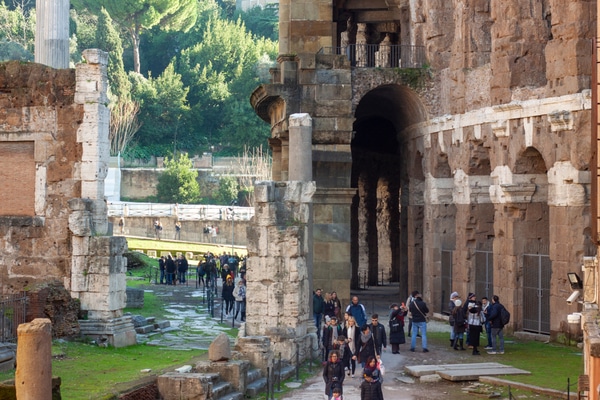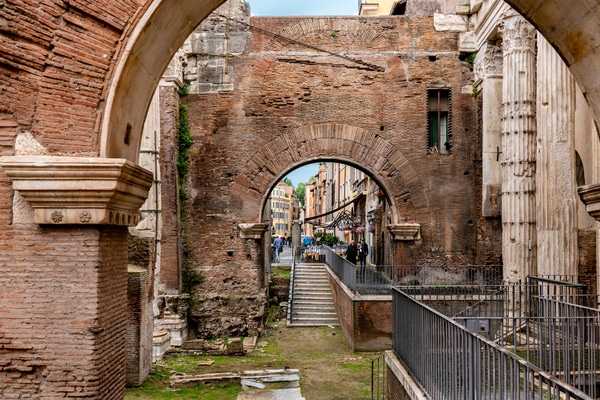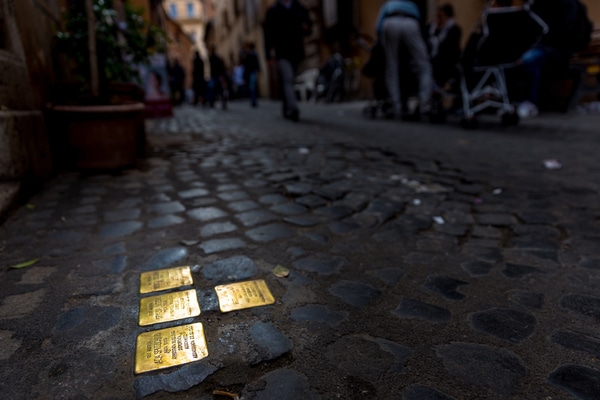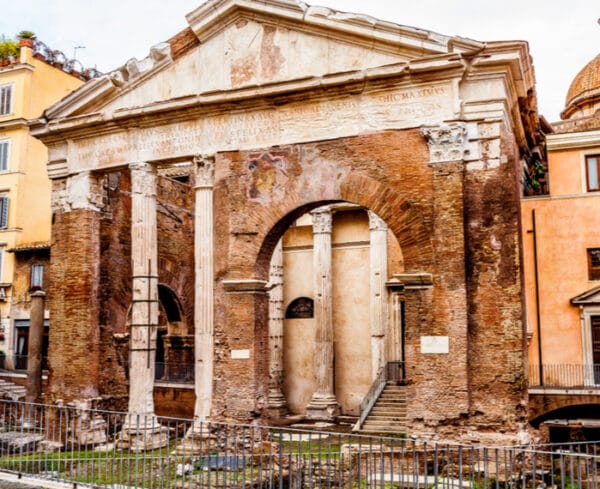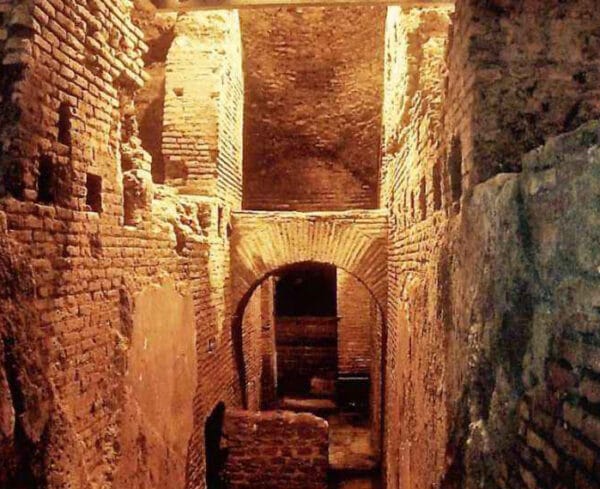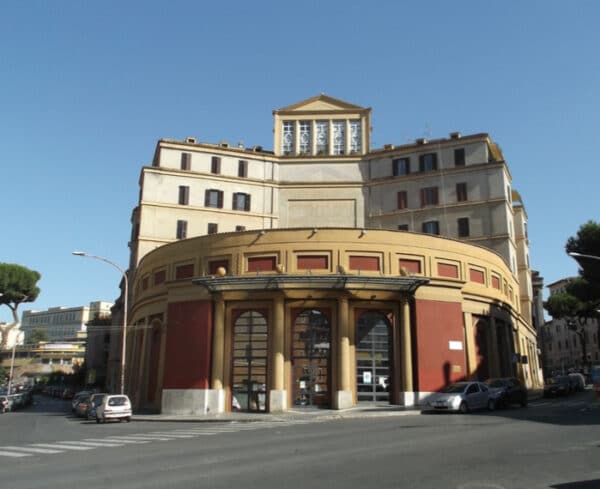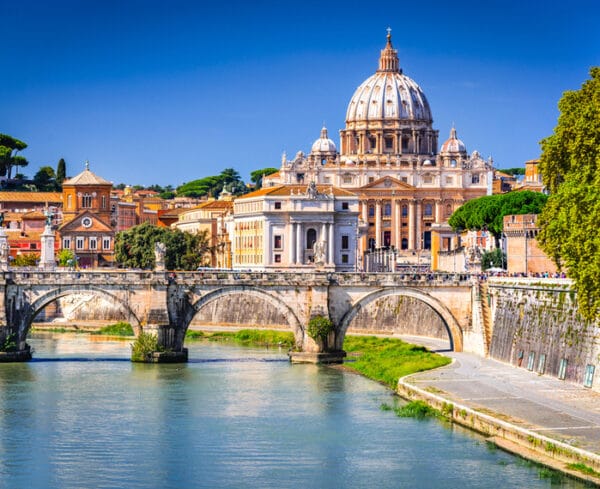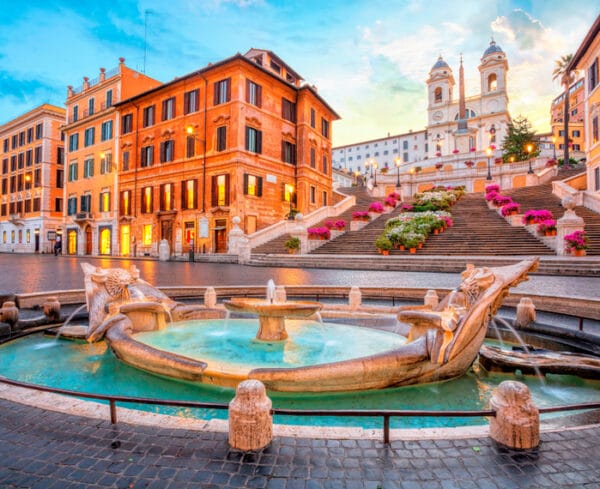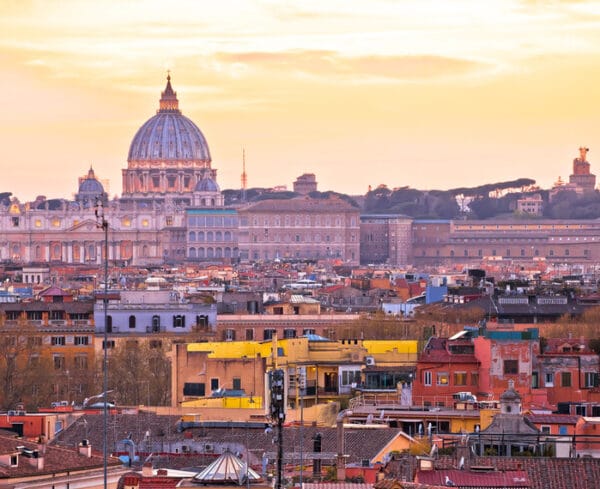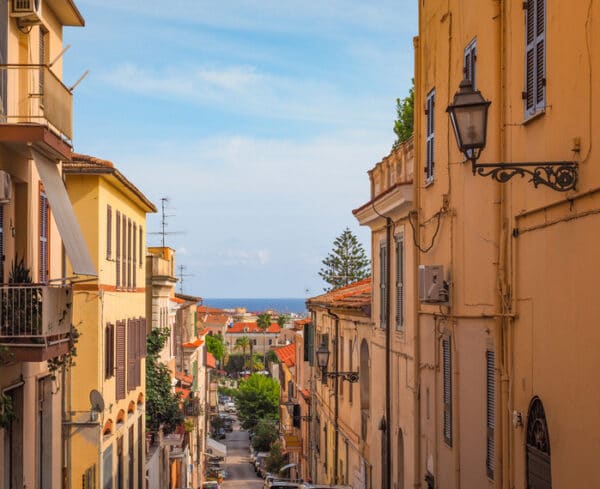Neighborhoods of Rome
Living testimony of recent history
Rome is the Eternal City and most of all it has seen all eras, revolutions, changes of customs and innovations pass through its streets.
It has given hospitality to several communities that today find their own space and freedom to express themselves, the same ones that, however, have fought in the course of history to freely live their profession of faith or more simply, thier customs. This is more or less the story that accompanies the history of the Jewish ghetto.
DISCOVER OUR TOURS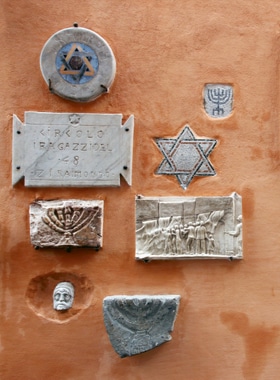
The Jewish Ghetto
In the heart of Rome, visit to reflect
The Jewish ghetto of Rome was built between Piazza Venezia and the river Tiber in 1555 by order of Pope Paul IV who wanted to relegate them to a space with a single entrance and a single exit. With this provision they were also forbidden to own real estate and to wander the streets without a distinctive sign. This situation was interrupted with the proclamation of the Kingdom of Italy, a moment in which the Jews were recognized all the rights of the rest of the Italians but also served as a prelude to what happened some time later when the Nazis imposed prohibitions and rules very similar to those mentioned above and this district was once again the scene of injustices. The round-up of October 16, 1943, when the Germans surrounded the area and took over a thousand Jews by force, taking them to Auschwitz, has remained in history.
Today it no longer has the sad function assigned to it in the past centuries, on the contrary, it is one of the best known historical areas in the center of Rome.
The palaces, arches and cobblestones tell a new story made up of ancient culinary traditions and profound religiosity expressed by the presence of the Synagogue which conceals the Jewish museum and the Spanish temple in the basement.
There is no lack of remains from previous eras such as the Portico d’Ottavia dating back to the second century BC. from which you can access the Teatro Marcello and of the contemporary era like stumbling blocks: golden colored cobblestones engraved with the name of innocent victims of the Shoah to keep the memory alive.
Quick guide
Where to go and what to see
The Jewish Ghetto
Address:
Via del Teatro di Marcello
What to visit
- Synagogue
- Jewish Museum
- Spanish Temple
- Teatro Marcello
- The turtle fountain
- Tiber Island
